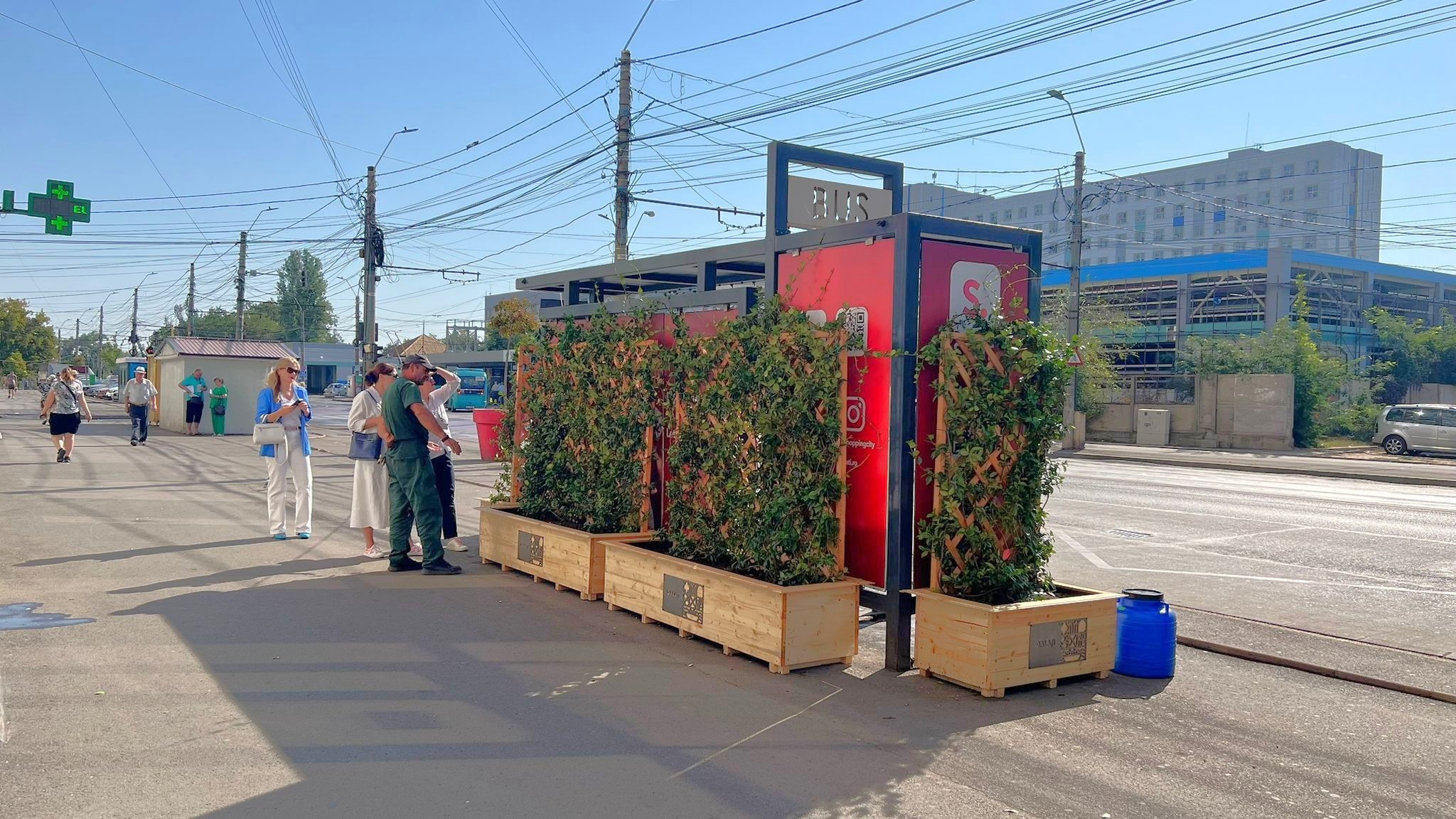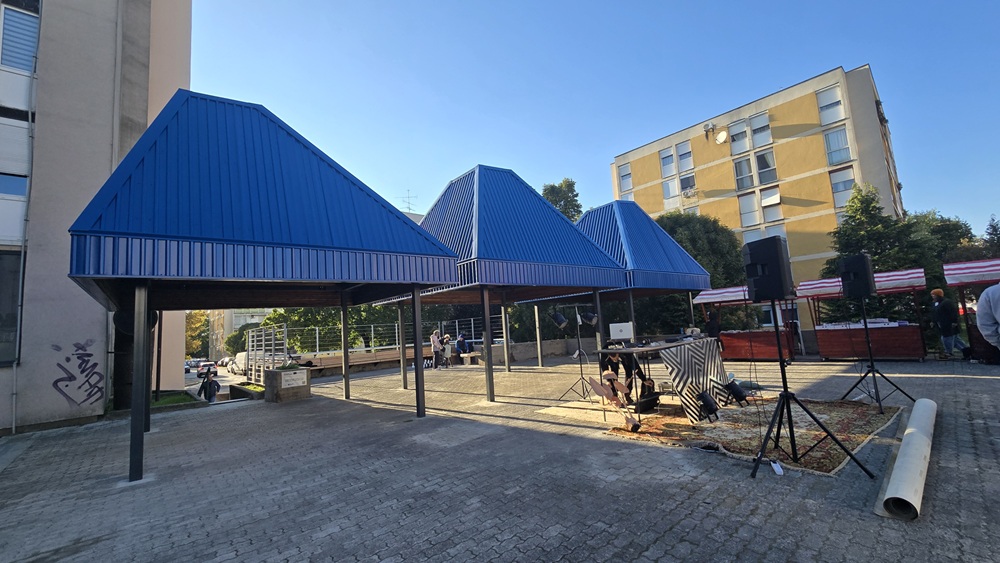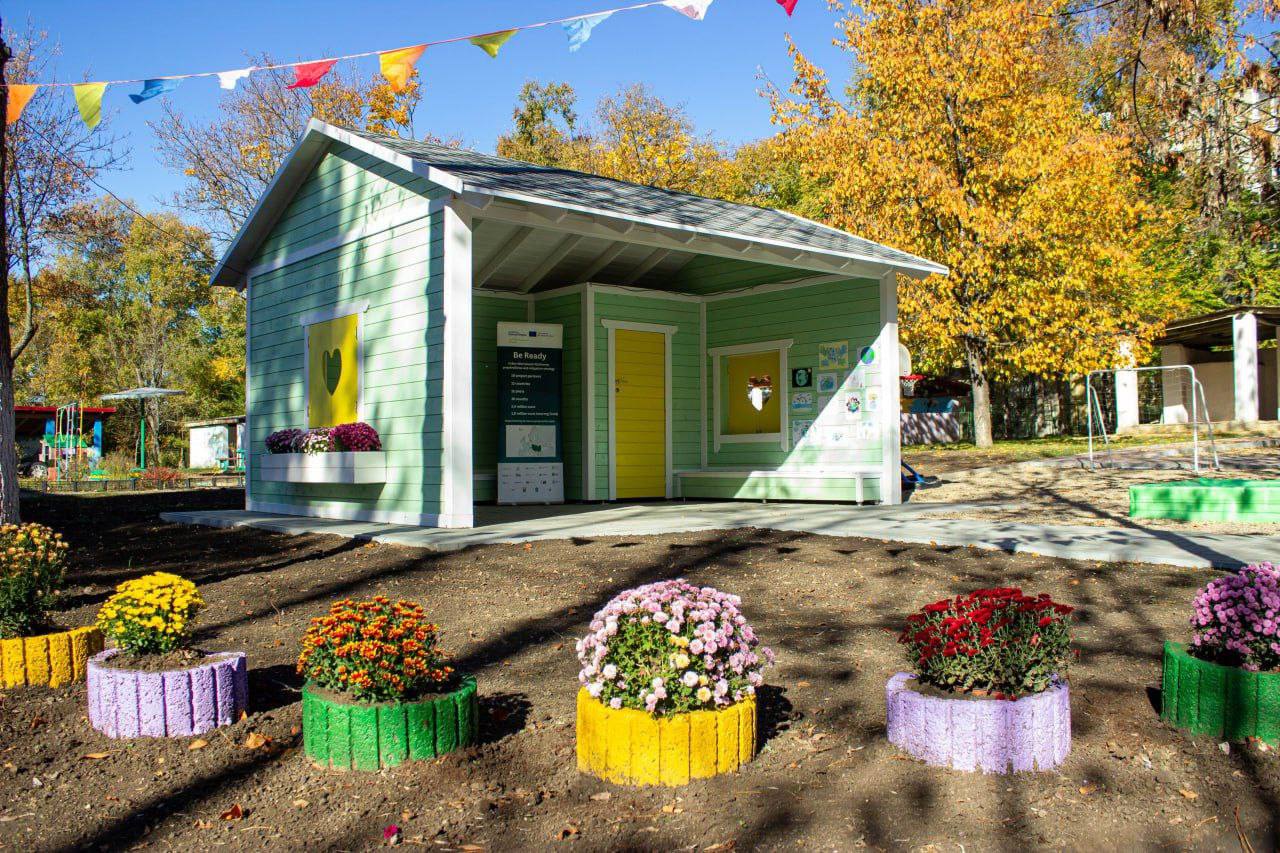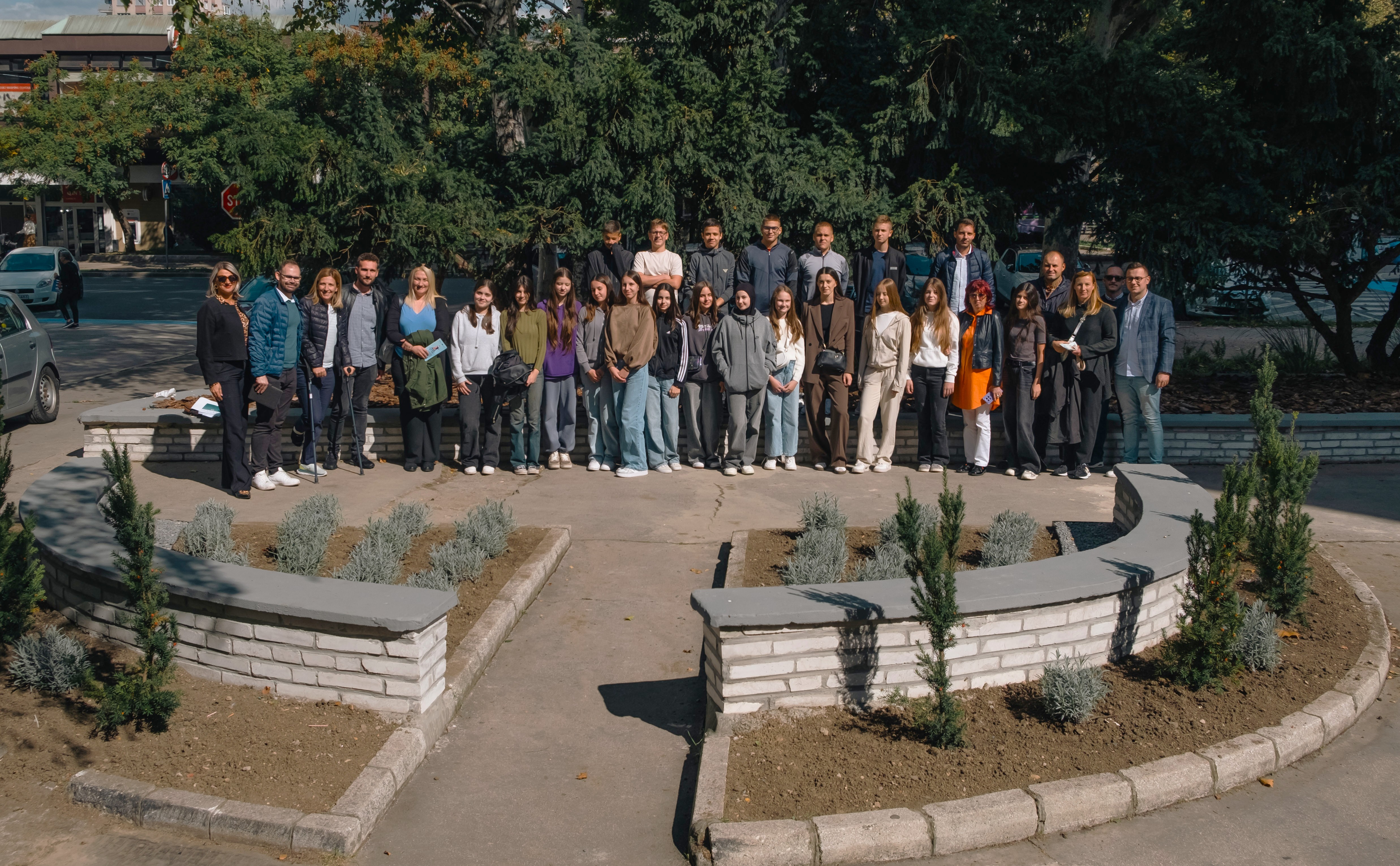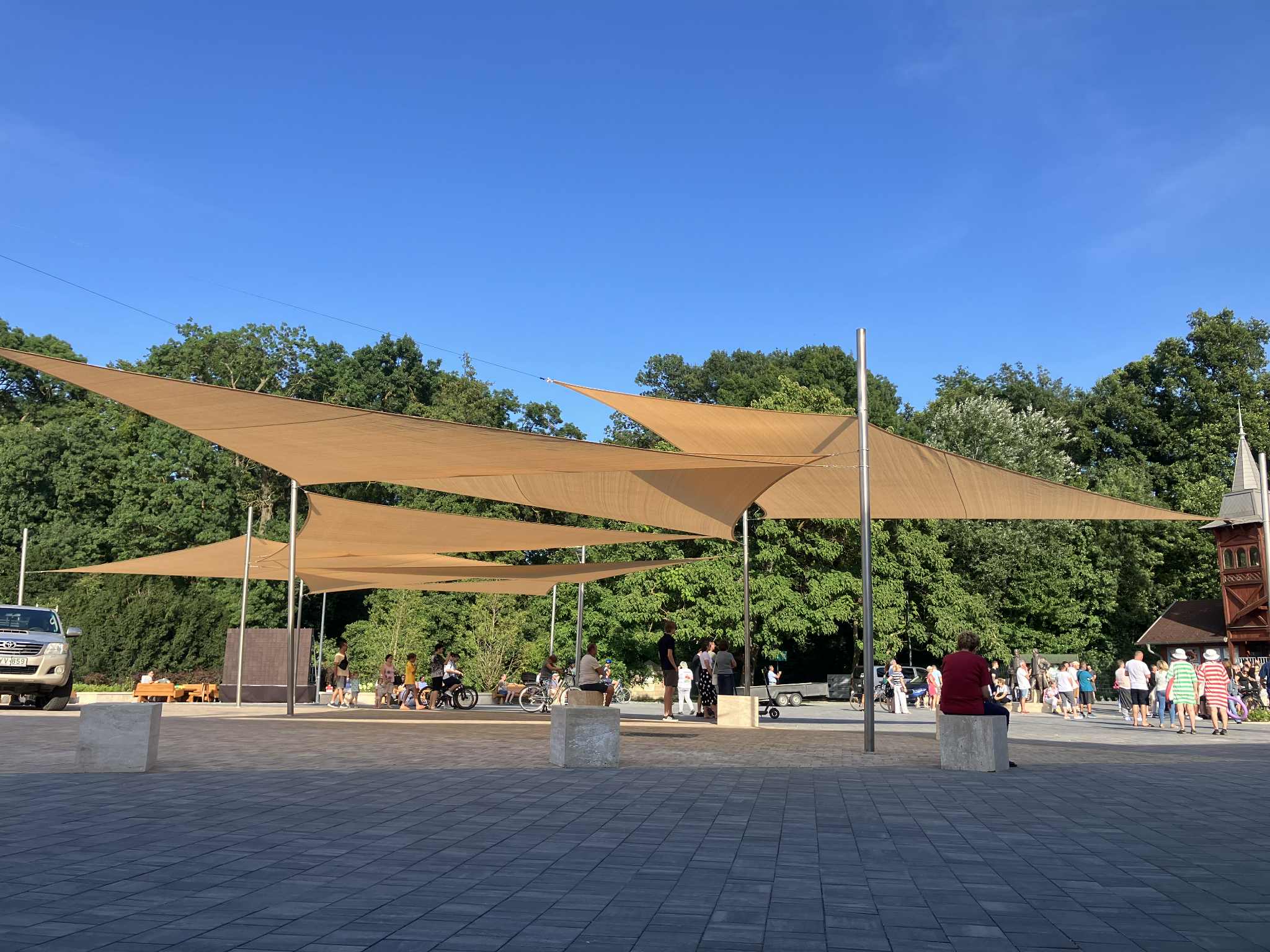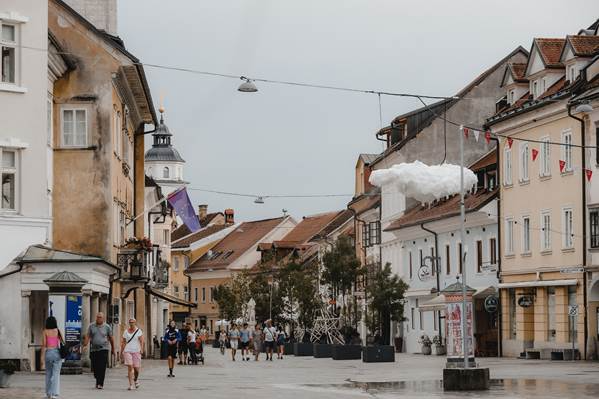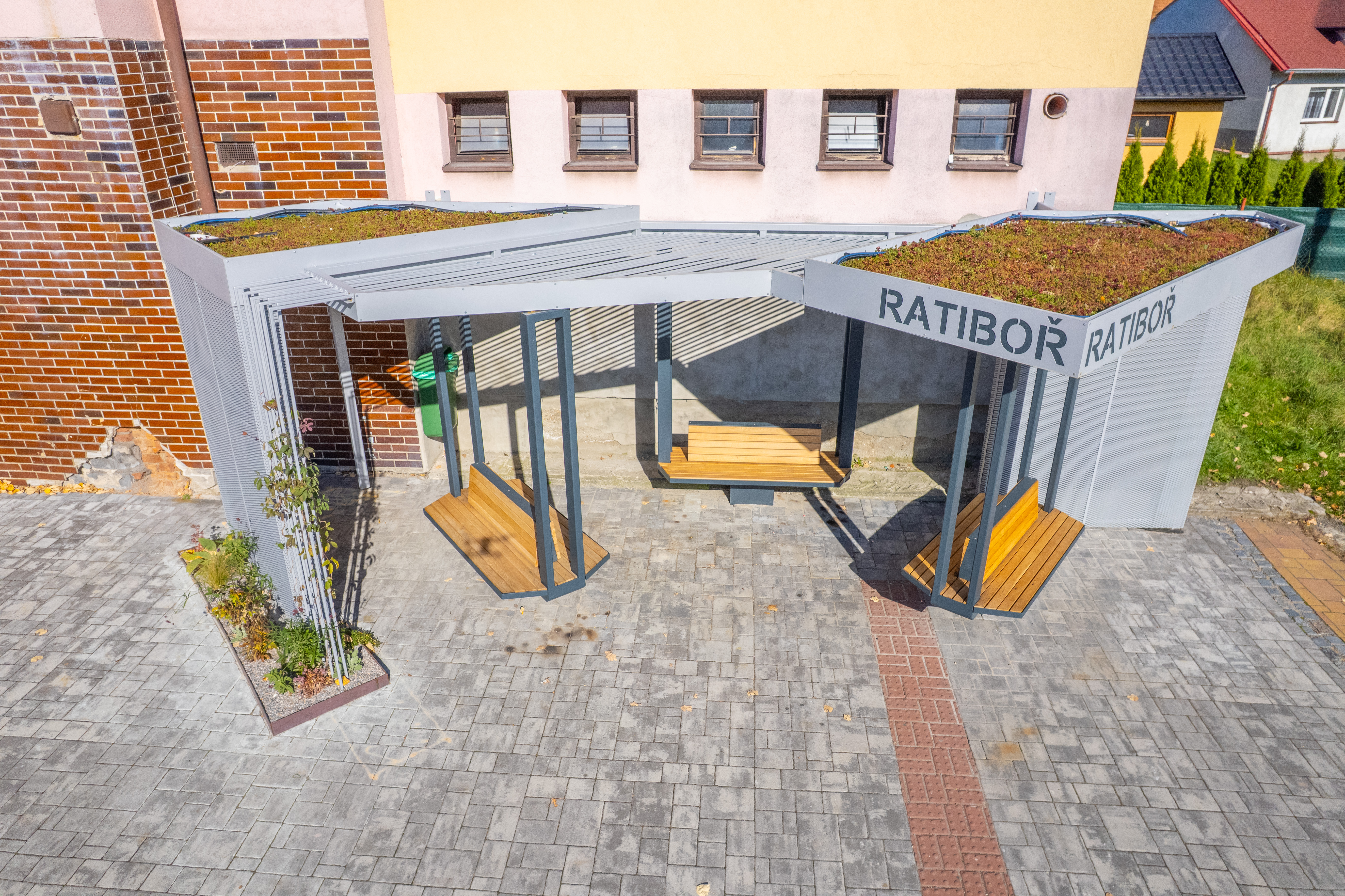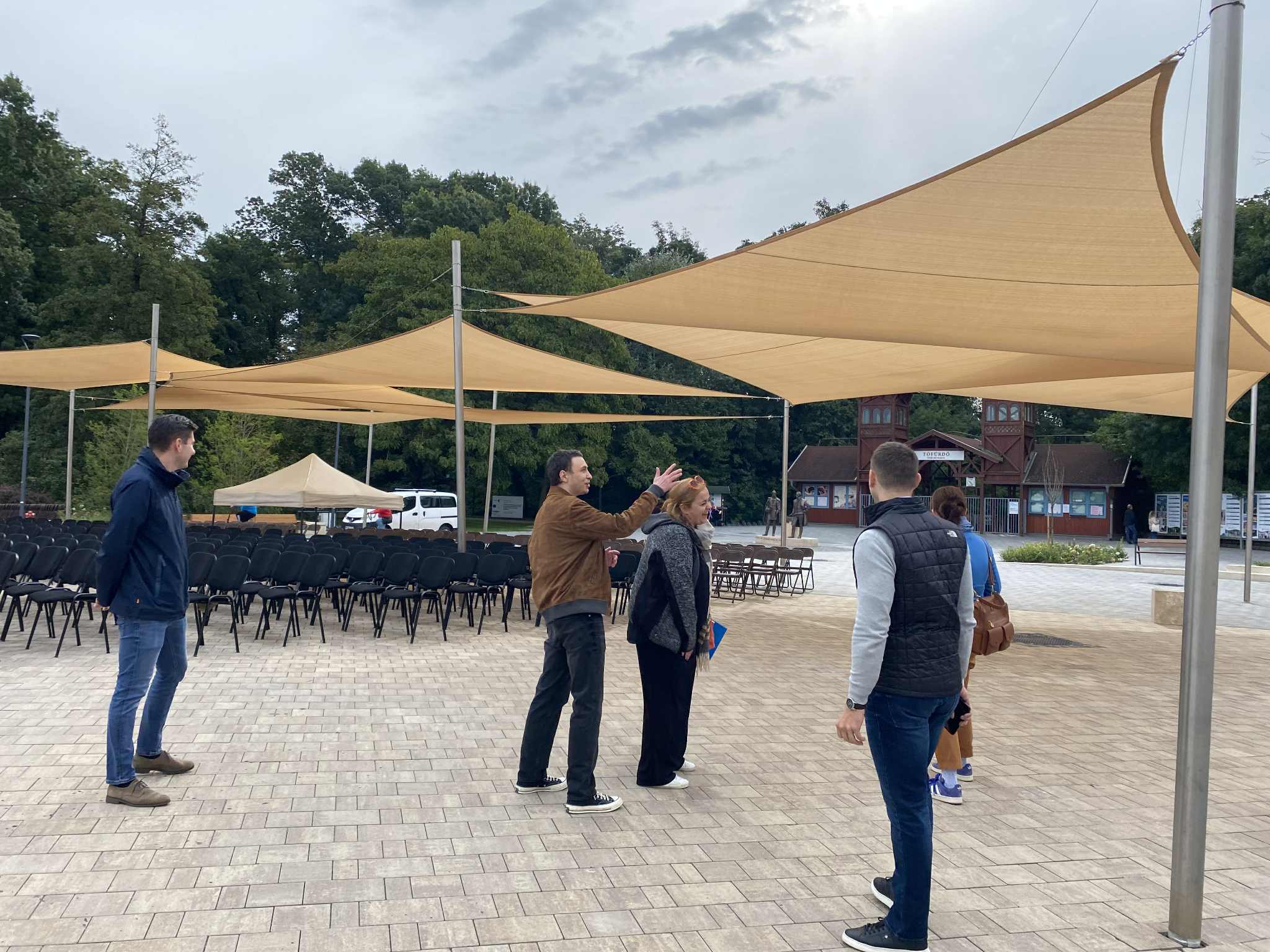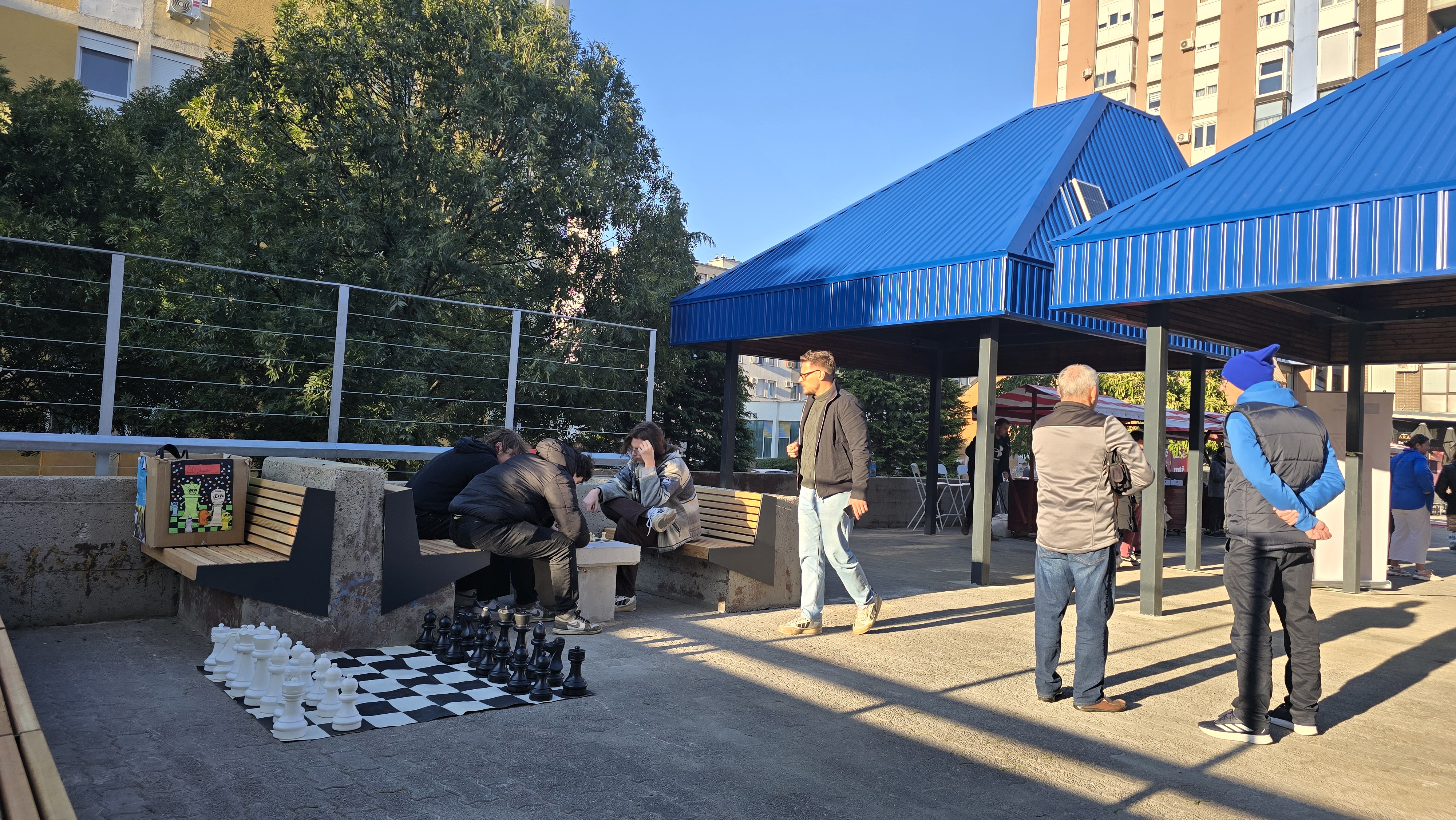
Peer Review Visit in Varaždin
On October 3-4, 2025, the Bulgarian partners in Be Ready, Sofia Development Association and Bureau for Integration and Social Innovations, visited the city of Varazdin for a peer review of the local pilot.
The intervention chosen by the city was implemented at Mali plac, a small urban square in Varaždin, identified as one of the city’s urban heat islands in the city’s vulnerability and risk assessment report, part of Be Ready’s UHI assessment methodology. The selected area is a residential zone, with brick and panel apartment buildings from the 1980s and 1990s. The location had not undergone any investment or upgrade since its construction, which had left the space outdated, lacking shade, with very little green coverage. Due to the lack of greenery and adequate infrastructure, the square is exposed to excessive heat during the summer months, creating uncomfortable and often unsafe conditions for citizens, especially for vulnerable groups such as the elderly and children.
Within the framework of the BeReady project, the Development Agency North, in cooperation with the City of Varaždin, designed and executed the intervention based on “white measures” aimed at mitigating the urban heat island effect. The intervention included the construction of three new canopies providing much-needed shade during peak summer heat. The space was additionally equipped with new urban furniture such as benches, tables, and swings, making it more attractive, functional, and user-friendly for the local community. New solar panels will be installed and will provide lighting of the canopies.
The peer review visit coincided with a public launching event at the pilot site, which brought together many residents, stakeholder organizations (such as the Faculty of Geotechnical Engineering, the Faculty of Science (University of Zagreb), the Red Cross, the Institute for Spatial Planning of Varaždin County, HEP – Croatian Electricity Company, the Architects’ Association of Varaždin, Parkovi Varaždin (municipal company for green areas), and the Regional Energy Agency. The mayor of the city also attended, reaffirming the city authorities' committment to continue the efforts for making Varaždin more climate change resilient.
It is estimated that around 2,000 people will benefit directly from the improved microclimate and infrastructure during the summer months, while the indirect benefits extend to the wider community of Varaždin by providing a model for climate adaptation that can be replicated in other neighborhoods.
The approach applied at Mali plac is relatively simple, low-cost, and easily replicable; it is in line with Be Ready’s methodology for testing acupuncture measures to address UHI effects. Similar interventions — such as installing shading structures and equipping public spaces with basic urban furniture — can be implemented across different neighborhoods in the city. By targeting other identified urban heat islands, the municipality can gradually improve microclimate conditions throughout Varaždin, creating a network of cooler, more comfortable public spaces that directly benefit residents and visitors alike.
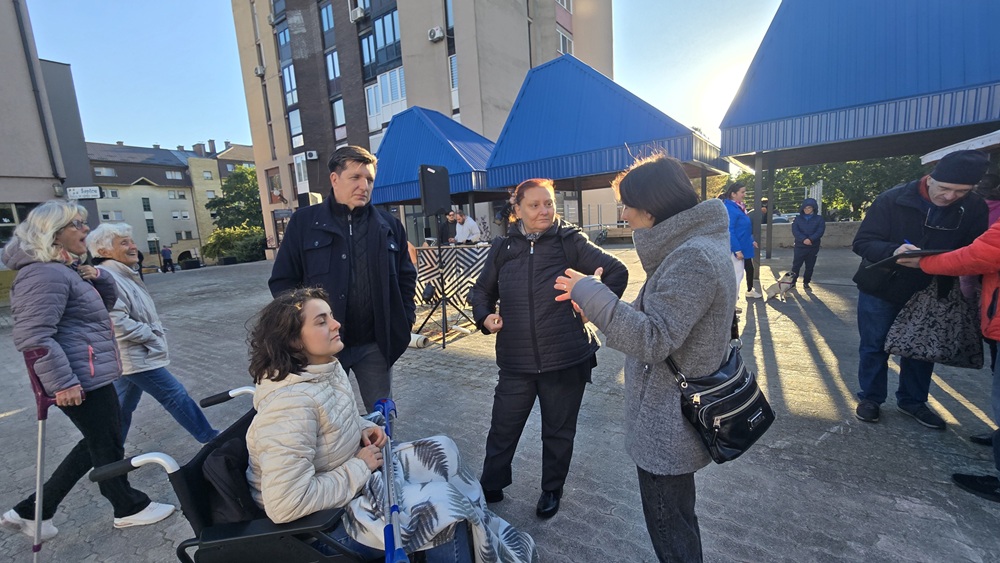
News & Events
Read the most recent updates and explore the upcoming events.

